Italy
The Stone City – Sassi di Matera
Matera – a city where ancient sassi (caves) and stone dwellings cling to each other in a haphazard jumble that is so utterly beguiling that it’s guaranteed to be ‘love at first sight.’
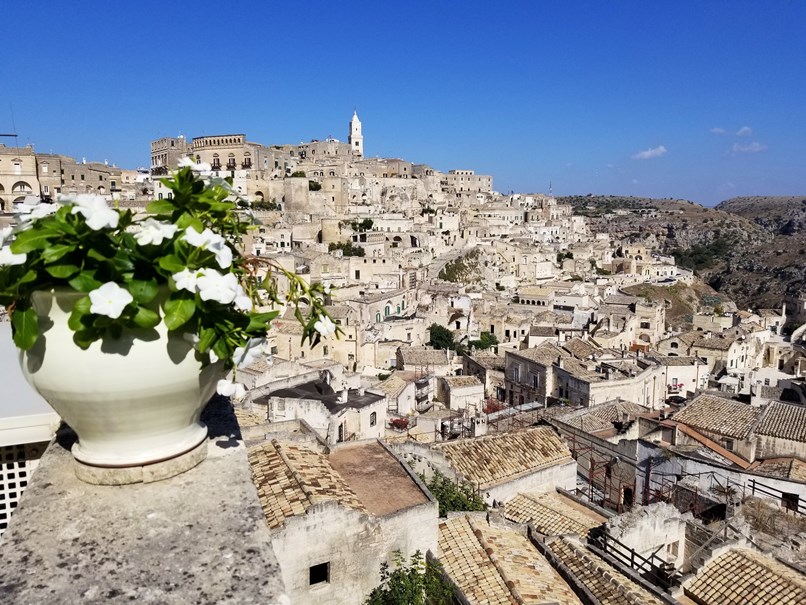
Matera is located above the heel of the boot of Italy in the Basilicata region on the border of Puglia. Often referred to as La Citta Sotterranea (the underground city), Matera is said to be one of the oldest cities in the world, having been inhabited for 7,000 years since the Neolithic age.
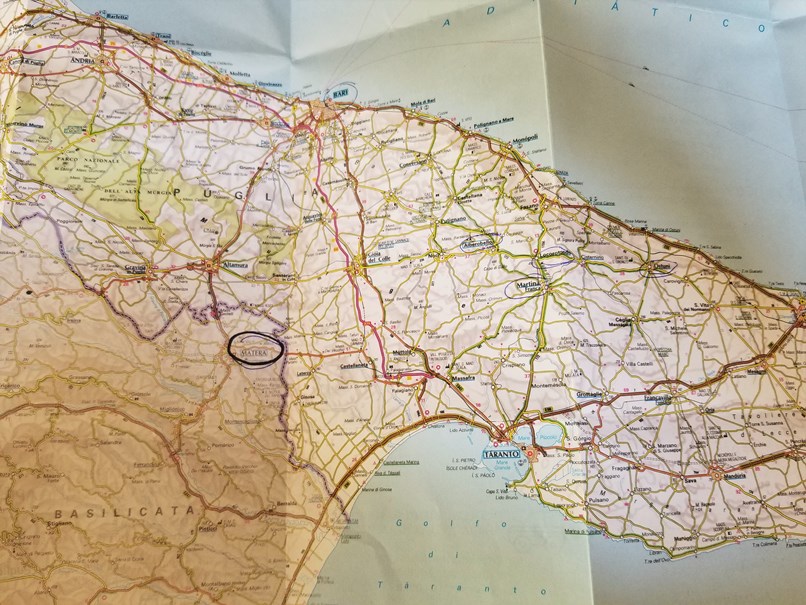
My reading and research of the history of this fantastical city had led me to search for a small, family-run, boutique hotel housed in a sasso – an ancient cave dwelling dug into the limestone rock. Reaching our little hotel, however, was the first of many driving challenges that we were to face in the small towns of the Puglia region. The old stone city is pedestrian-only, so the sight of our car bumping down Via Buozzi was enough to have the locals holding and shaking their heads in disbelief.
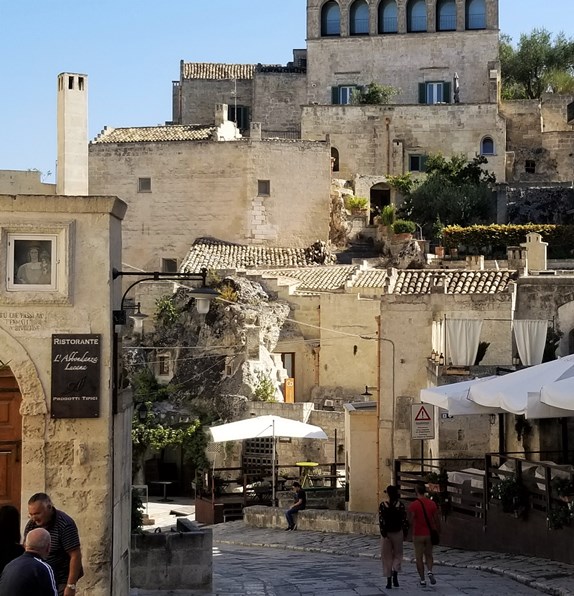
We spotted a cab (a handful of them are permitted to go in and out of Old Town) asked him to lead us to the well-camouflaged ‘Corte dei Pastori,‘ where we hurriedly offloaded our luggage to avoid a 70 Euro fine, then followed him up the hill to the nearest parking lot.
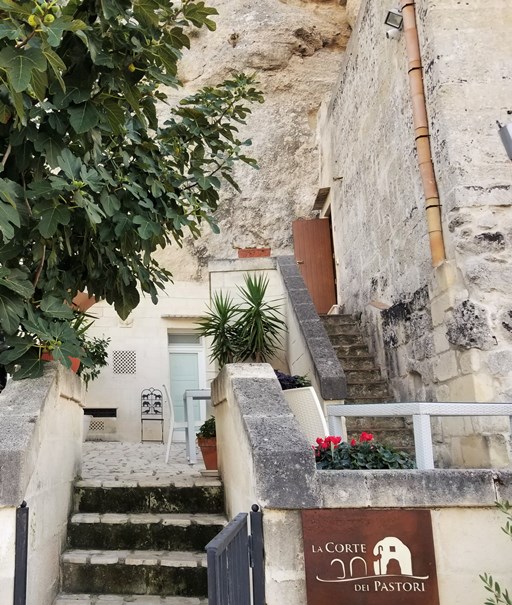
As the last rays of sunshine caressed the ancient stones, we set out to explore our surroundings. Via Madonna delle Virtu is a path that hugs the canyon with the town on the left, a view of the plateau to the right, and the river snaking through the ravine below.
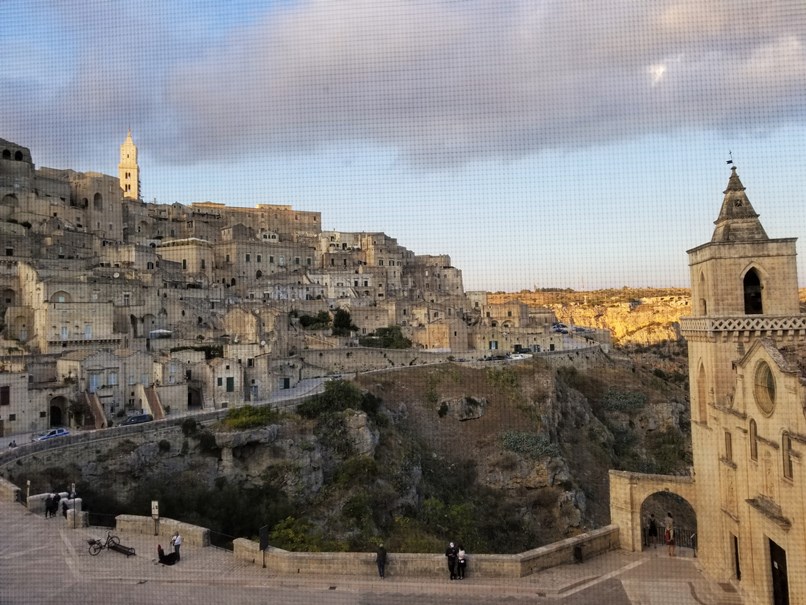
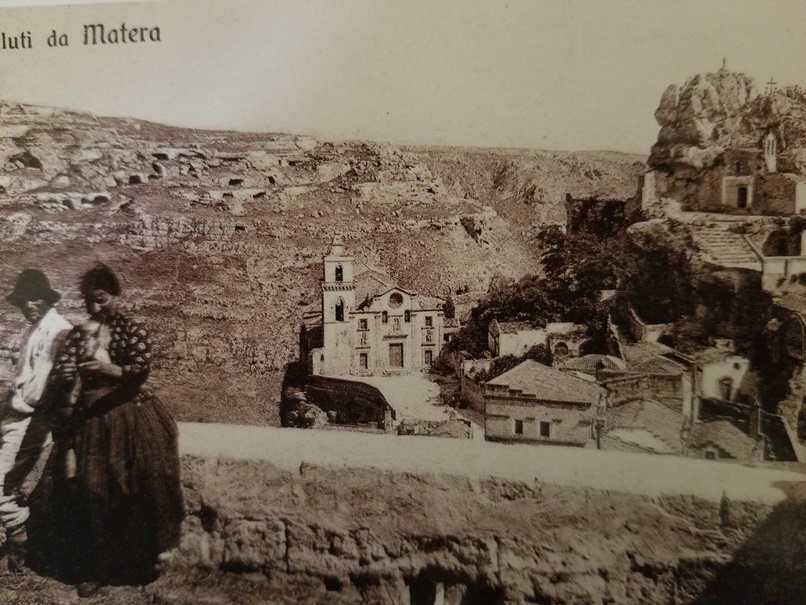
When we reached Ex Convento Santa Lucia, we couldn’t resist the sight of the canyon framed by an ancient stone portal, which led us to discover ‘Altereno Wine and Antipasti Bar.’ What a way to begin our stay in Matera – watching the sunset over the canyon with a glass of vino rosso and a platter of mixed bruschetta served on the grounds of a 7th Century fortified farmhouse, which later became a monastery and now a wine bar.
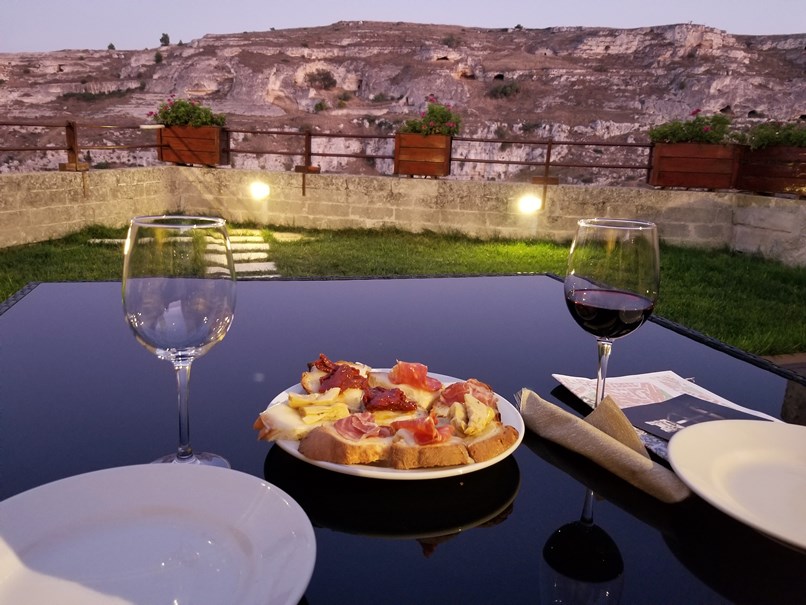
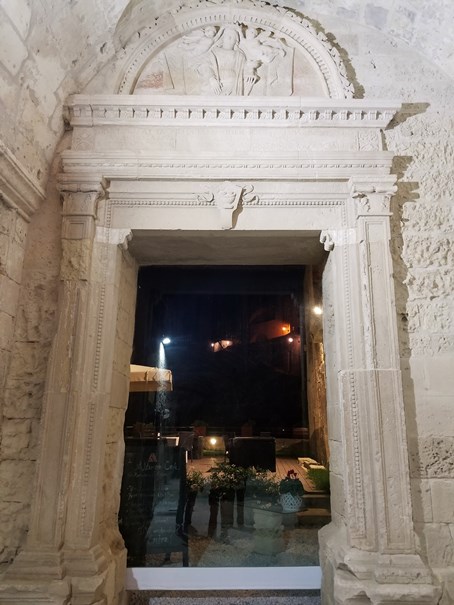
‘Le Corte dei Pastori’ is probably located in the most scenic and historic spot in Matera. It’s owned by a young couple, Mimo and Tiziana, who have lovingly created four beautiful suites in Sasso Caveoso – the area in the south of Old Town known for its ancient cave dwellings and rupestrian churches hewn out of rock.
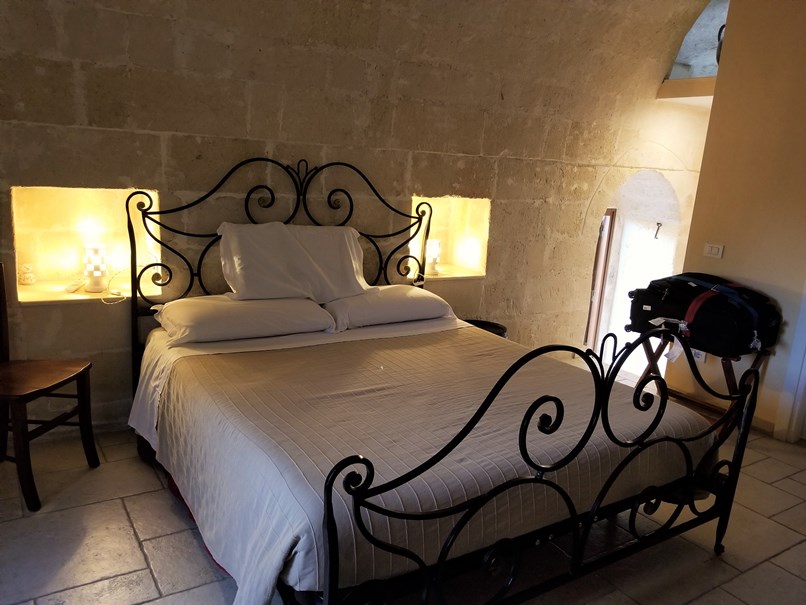
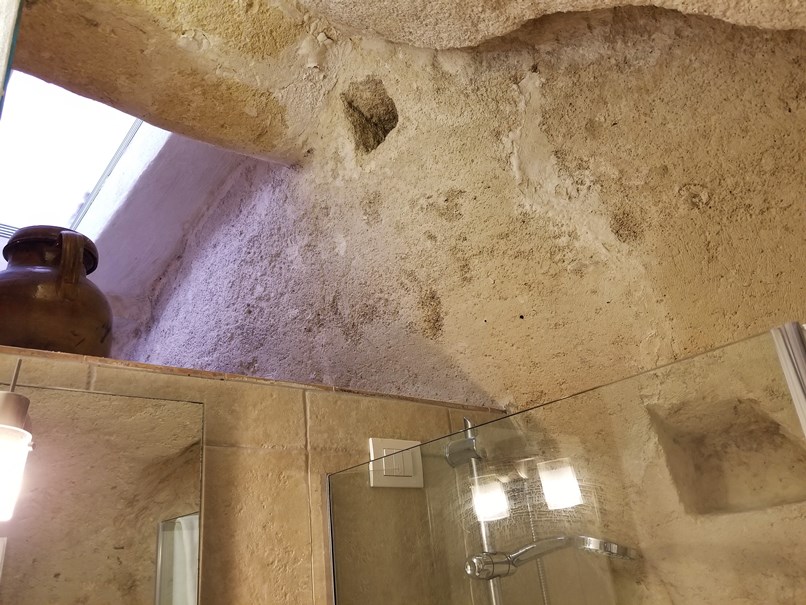
The B&B has an obstructed view of the canyon; the stone houses huddled together on the hillside; Piazza San Pietro dominated by Cathedral S. Pietro Caveoso, and it nestles below the rock-church of Madonna dell’ Idris.
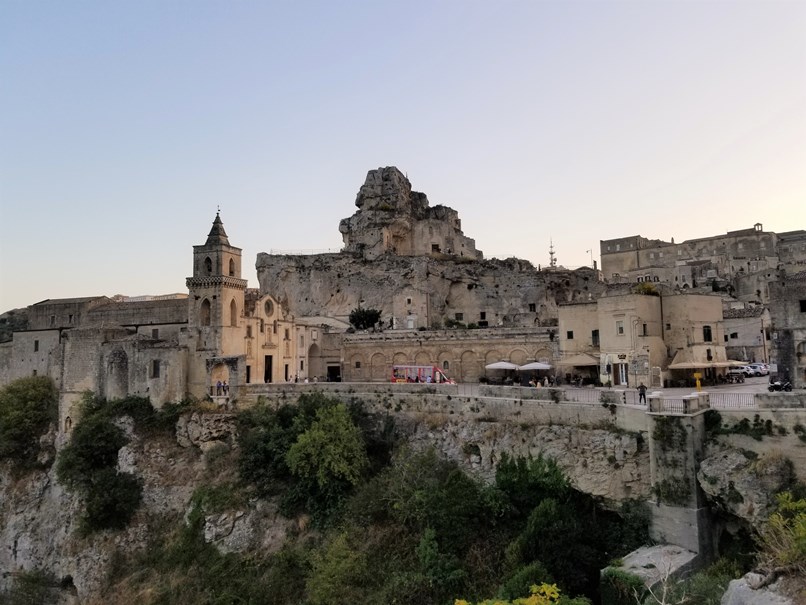
The suites all lead down to the outdoor terrace shaded by fig trees, which in mid-October were generously covered in the plumpest, most deliciously sweet figs that I have ever tasted.
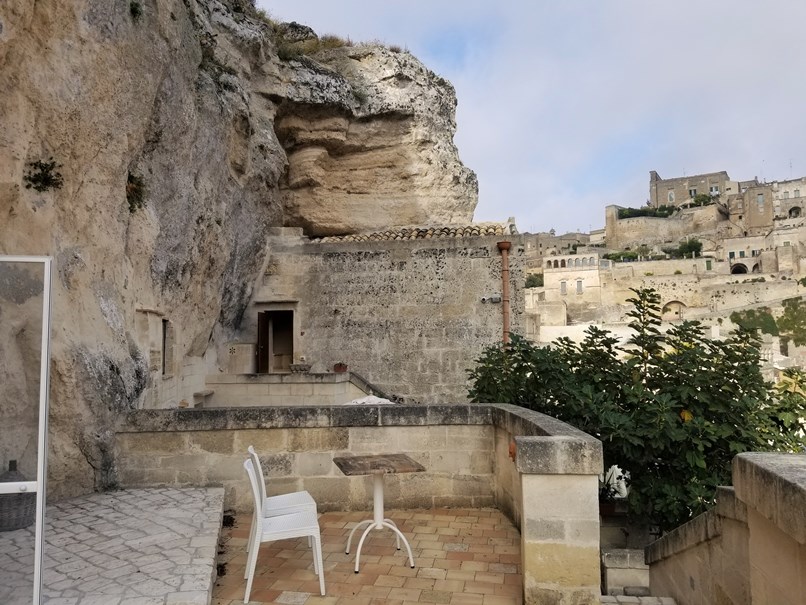
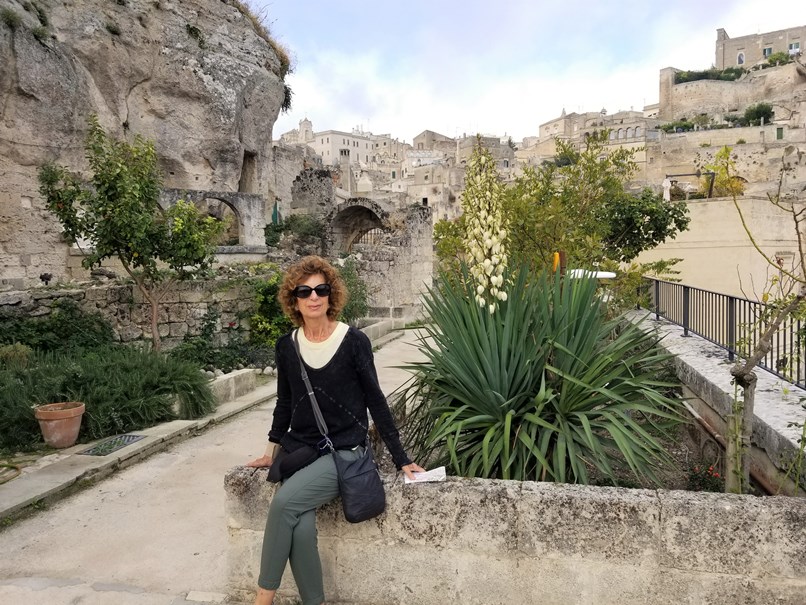
A breakfast of both sweet and savory items accompanied by endless cups of frothy cappuccino is served in the sasso dining room by Tiziana, who prepares everything with pride and care. The dining rooms’ beauty lies in its unspoiled authenticity.
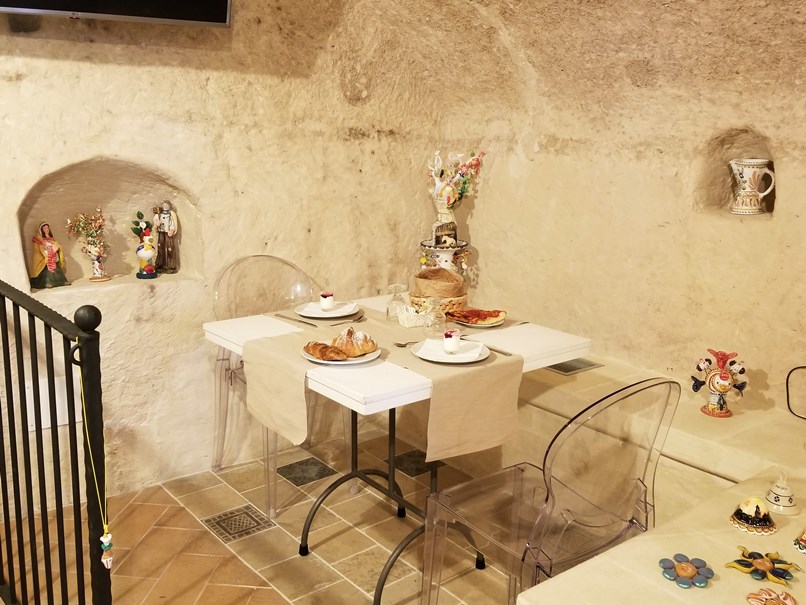
The only burst of color is supplied by the terracotta ‘cucù’ which adorn the niches and shelves. Cucù are whistles in the form of brightly painted roosters and doves, which have been an integral part of all festivals and family celebrations in Matera for generations. The vibrant colors are believed to chase evil spirits from the house; therefore, the cucù are always arranged facing outwards.
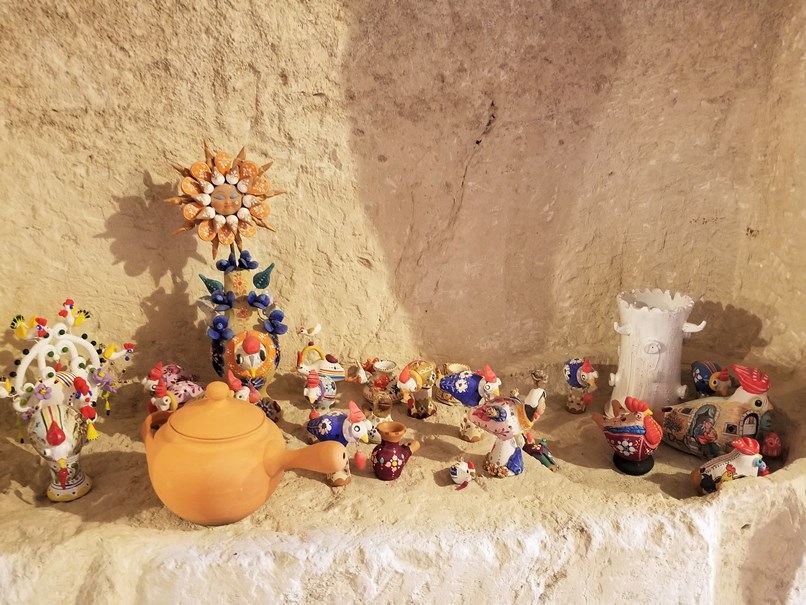
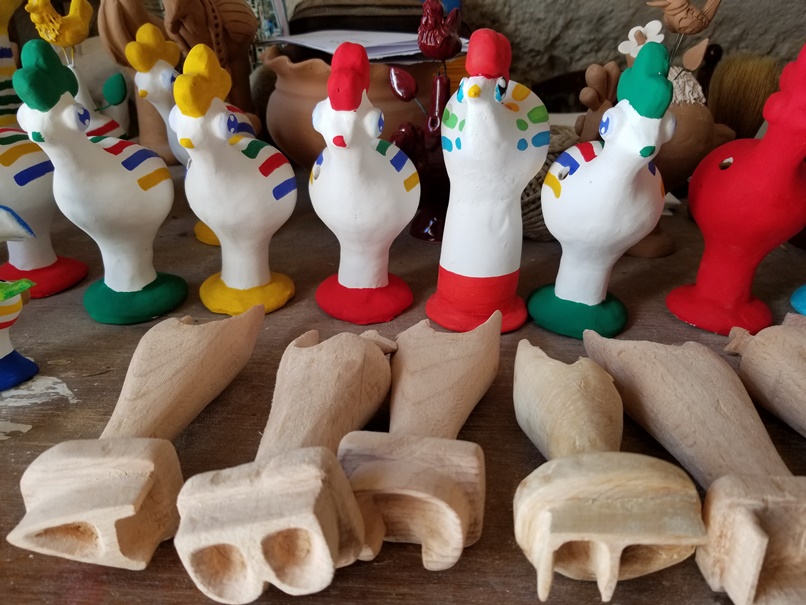
Matera can only be explored on foot. The little stone lanes – some of which rest atop the roofs of sassi dwellings – wind uphill and around bends then tumble downhill. Then there are the endless flights of uneven, steep, stone steps, so comfy, thick-soled shoes are recommended while wheelchairs and strollers would present a daunting challenge.
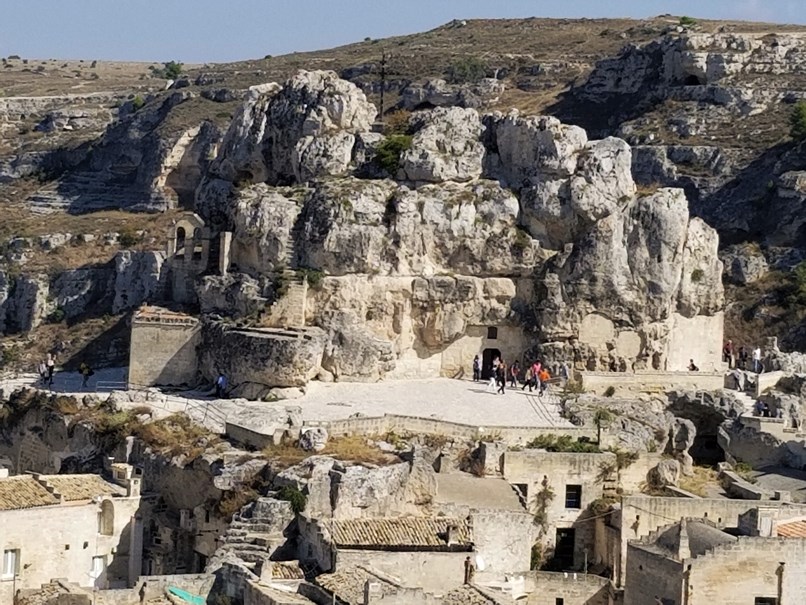
There is a roster of churches to visit in Matera, among them S. Pietra Caveoso, Il Duomo, San Rocco, San Giovani Battista outside the walls of the Old City, and San Francesco D’ Assissi.
First on your itinerary, however, should be the stassi rupestrian churches: Santa Maria de Idris, Santa Lucia Alle Malve, S. Pietro Barisano, and the cave-dwelling – Storica Casa Grotta.
Santa Maria de Idris is carved into the limestone rock of Mount Erone and has a panoramic view of the canyon and Piazza Caveoso. Centuries of exposure to the elements have caused it to be repaired and rebuilt many times. Over time, it has functioned as a place of worship, a church, and a family home, which provided shelter for humans and animals alike. Visit early in the morning or in the late afternoon after the masses of tour groups invade Old Town. The faded frescoes and the aura of the church when it’s peaceful, and you have it all to yourself, are magical.
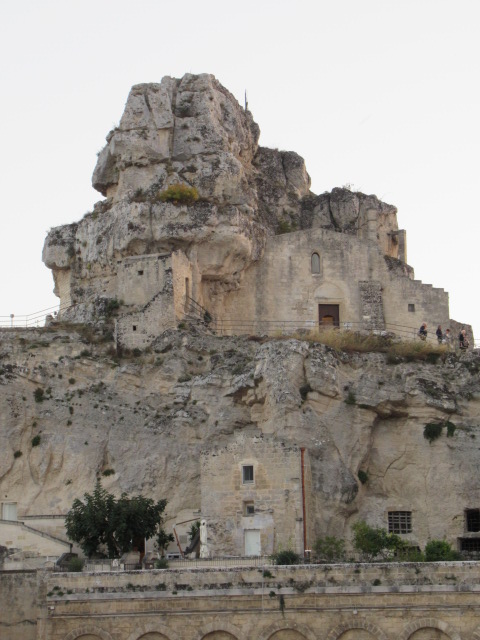
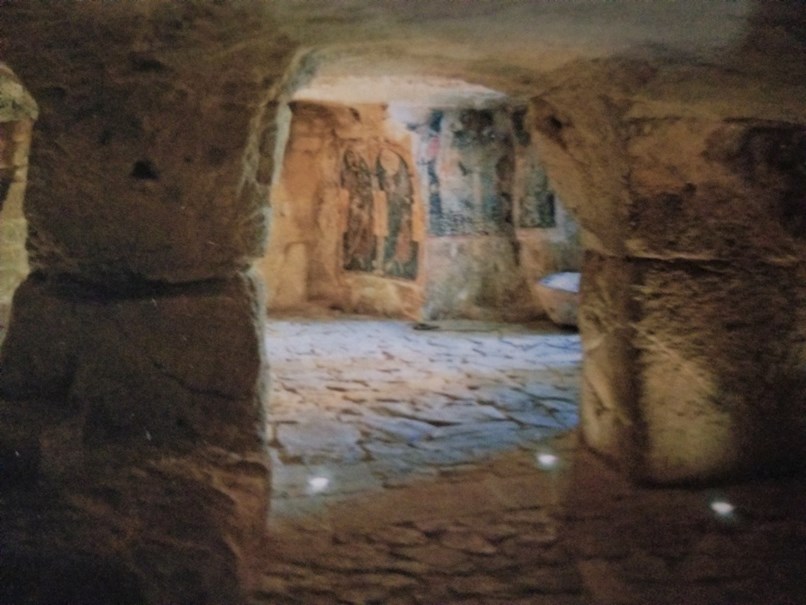
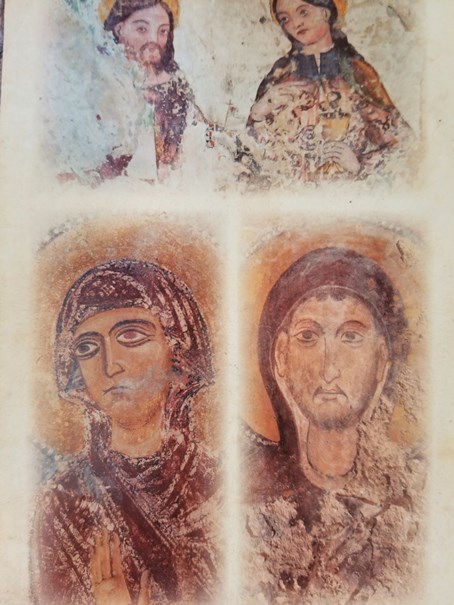
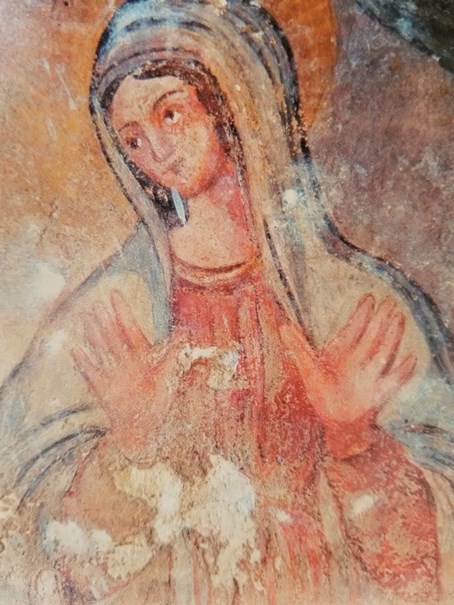
Santa Lucia Alle Malve. Historians date the original excavation to the 9th Century, and the frescoes are thought to have been painted between the 11 Century – 17th Century. The church is more substantial than Santa Maria de Idris, and the exquisite rock art is in the process of being painstakingly restored.
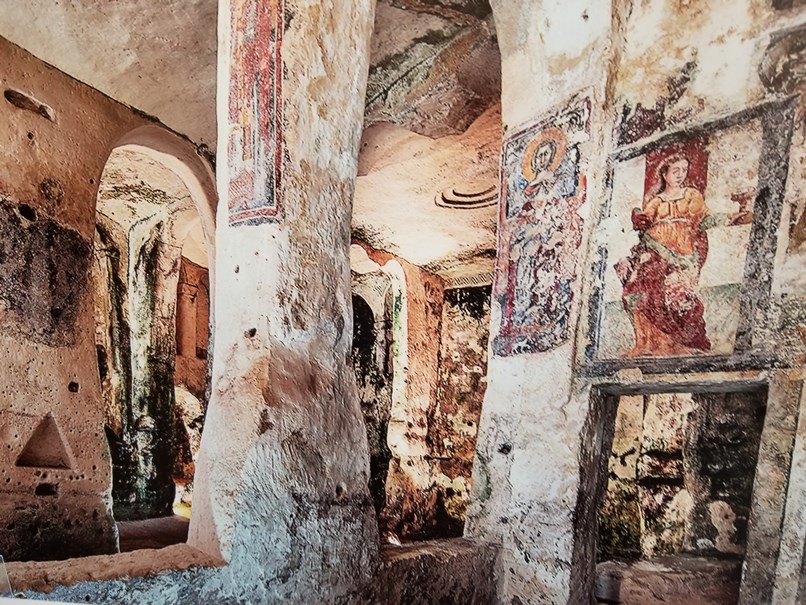
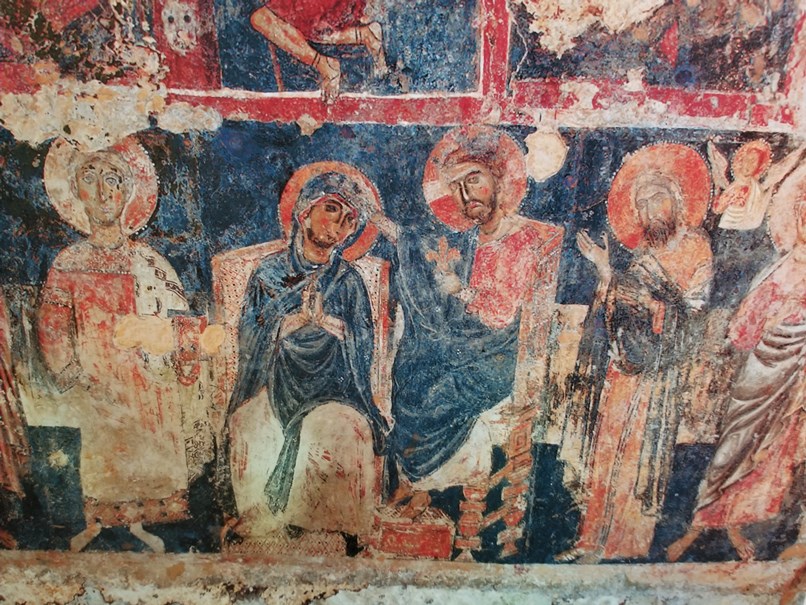
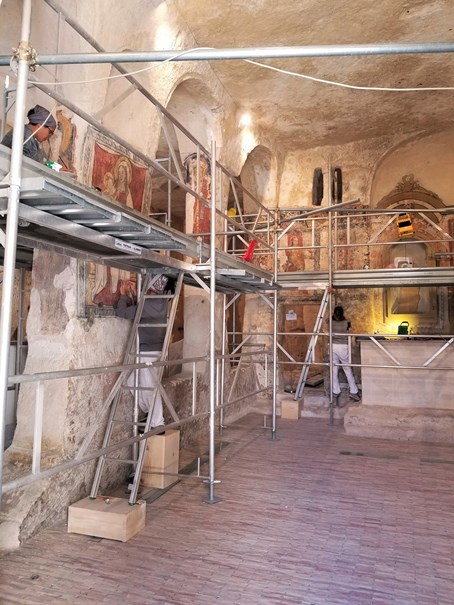
A ten-minute walk from Santa Lucia Alle Malve is the historic Casa Grotta that vividly depicts the living conditions inside the sassi. In 1952 the Italian government relocated most of the sassi populations due to the unhealthy and unsanitary living conditions, which had barely changed over the centuries. Old Town Matera became known as the abandoned town.
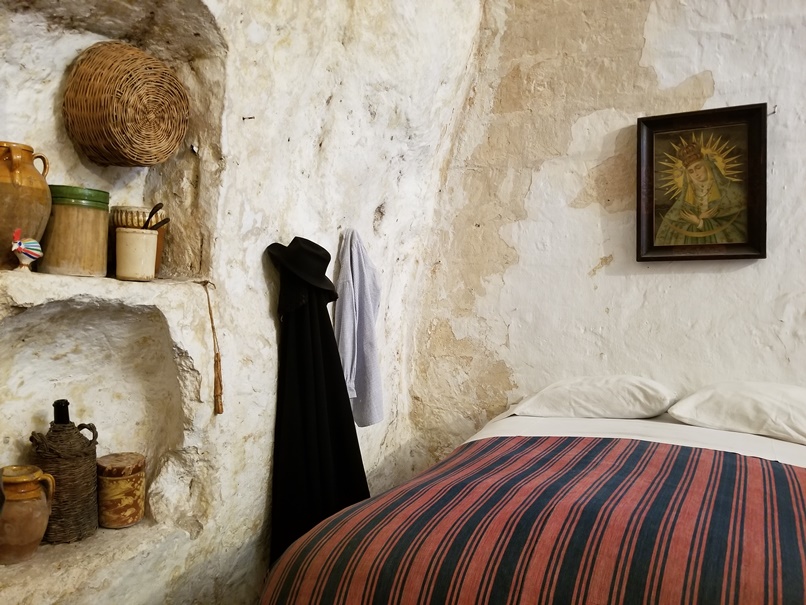
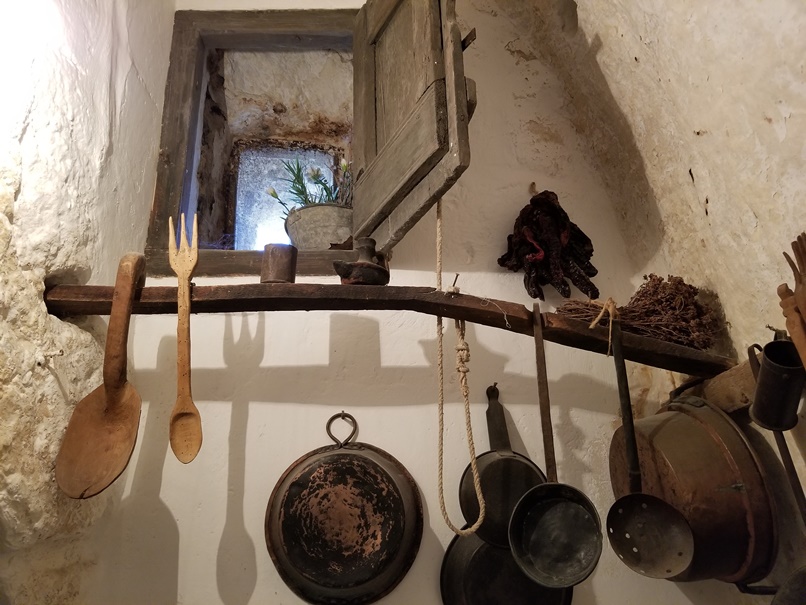
The cave-dwelling is cluttered with farming tools; a weaving loom; the table where bread was prepared then stamped with the family’s unique wooden stamp before being delivered to the communal oven for baking; the elevated marital bed beneath which items could be stored that included hens and their chicks; the baby cradle at the foot of the bed; and the mule, the family’s most valued possession who occupied a corner of the tiny space inhabited by a family of six to eight children and their parents. Every inch of space was put to use. Niches, shelves, and hooks held farming utensils, pots, and the mule’s harness. A chamber pot with a wooden lid was kept at the side of the bed.
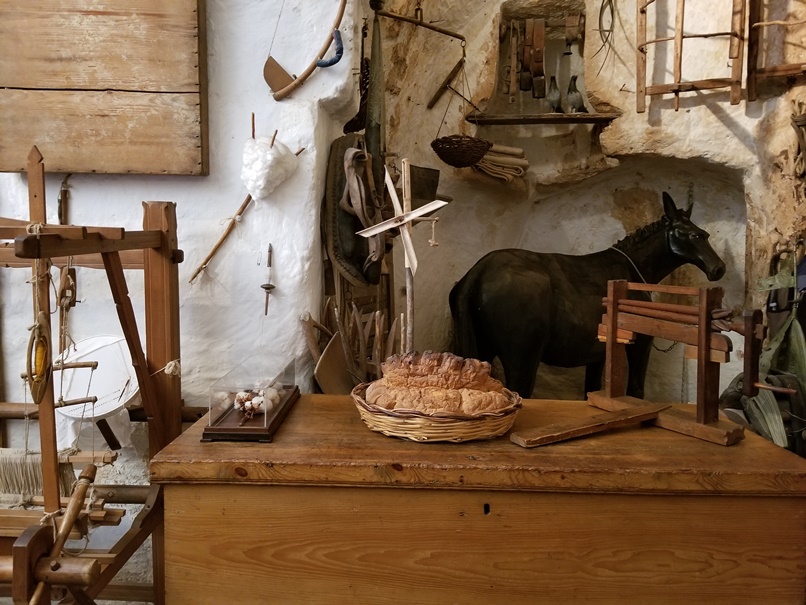
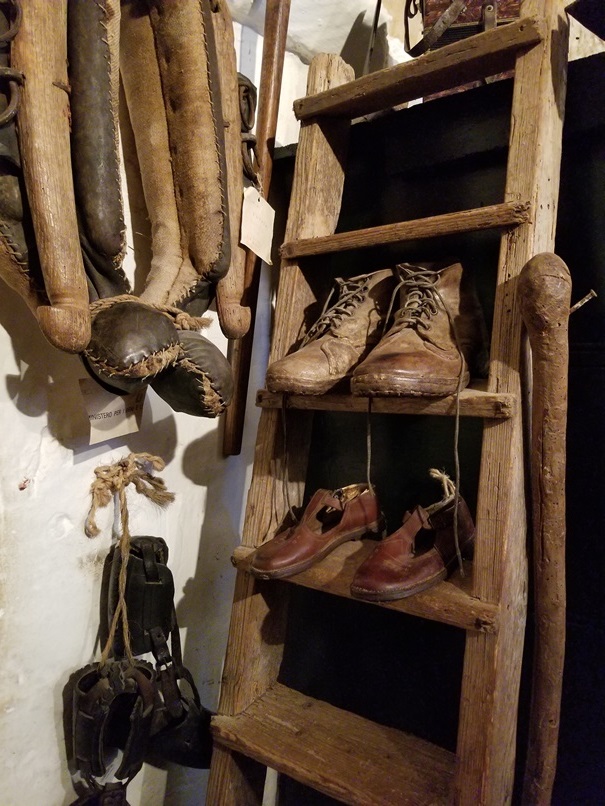
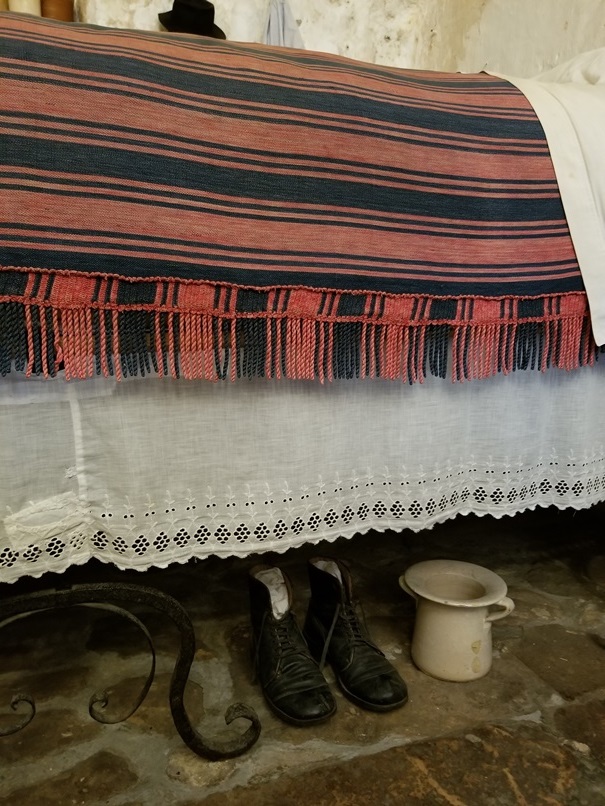
S. Pietro Barisano, which dates from the 12 Century to -13th Century, is the largest of the rupestrian rock churches. Unfortunately, it was severely plundered during the years when Matera was partially abandoned. Barisano is unique for its underground rooms that were used for the procedure known as ‘the draining of the corpses.’ The corpses of the community priests were wrapped in sacred vestments, then placed in niches carved into the stone and removed once they had completely decomposed.
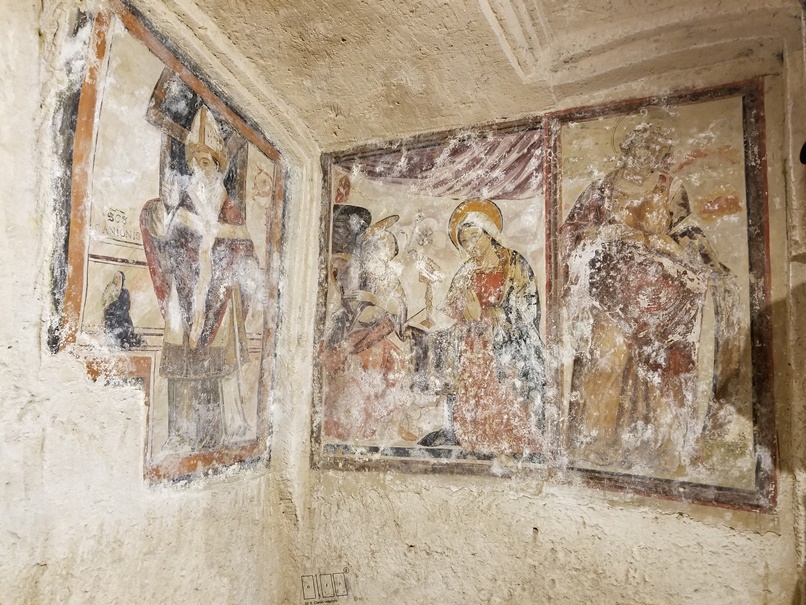
Matera has an abundance of atmospheric restaurants, bars, and cafes where one can dine in a sassi or sit outdoors, and people watch while savoring fine Italian cuisine.
Walk from Piazza San Pietro along Via Buozzi, which is scattered with restaurants. We enjoyed the ambiance and the cuisine at Francesca. (Reservations are recommended).
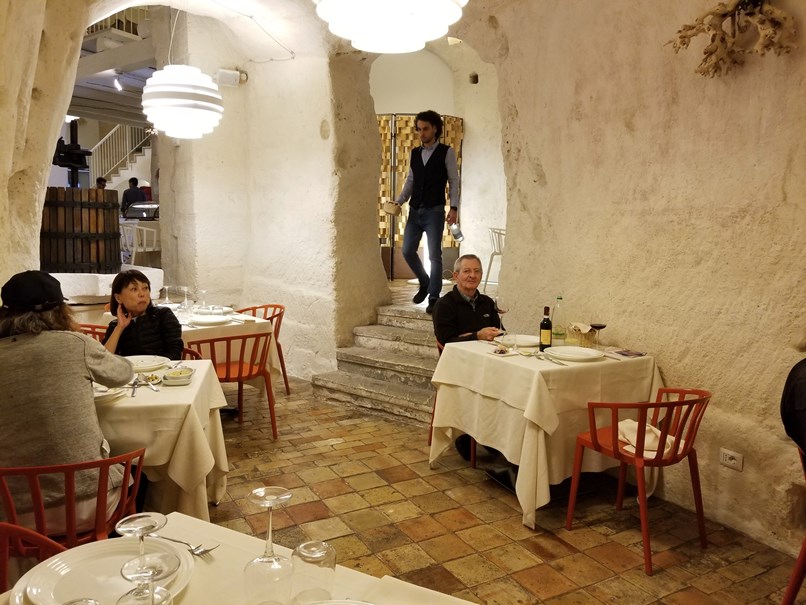
At the top of Via Buozzi turn right onto Via Casa Inuovo, where we loved the vibe, the food, and friendly service at Bollicine. Continue to Via di Ridola, a broad, lively, pedestrian-only street flanked by restaurants, then continue to Piazza San Francisco. Near there you’ll find an array of places to eat. Explore the little side streets where you’ll come across some atmospheric gems.
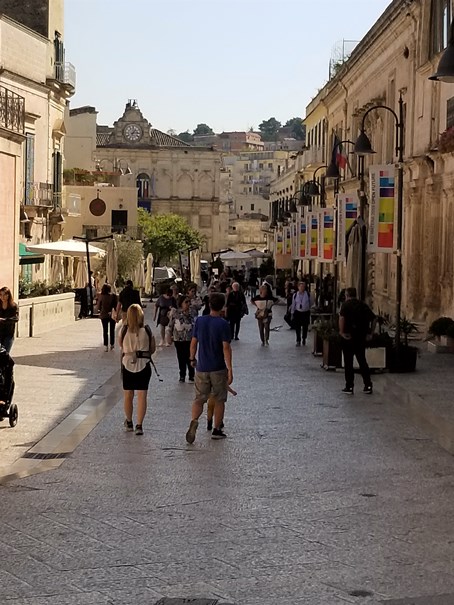

In 1993 Matera went from being the “abandoned city” to receiving Unesco World Heritage status. In 2019 it was the recipient of the European City Cultural Award. One of the highlights of the artistic and cultural events held in celebration of this honor bestowed on Matera was the exhibition of 200 original Dali works. The majority were displayed in the cave complex of Our Lady of Virtues and San Nicola del Creci,while several were placed outdoors in piazzas and overlooking the ravine.
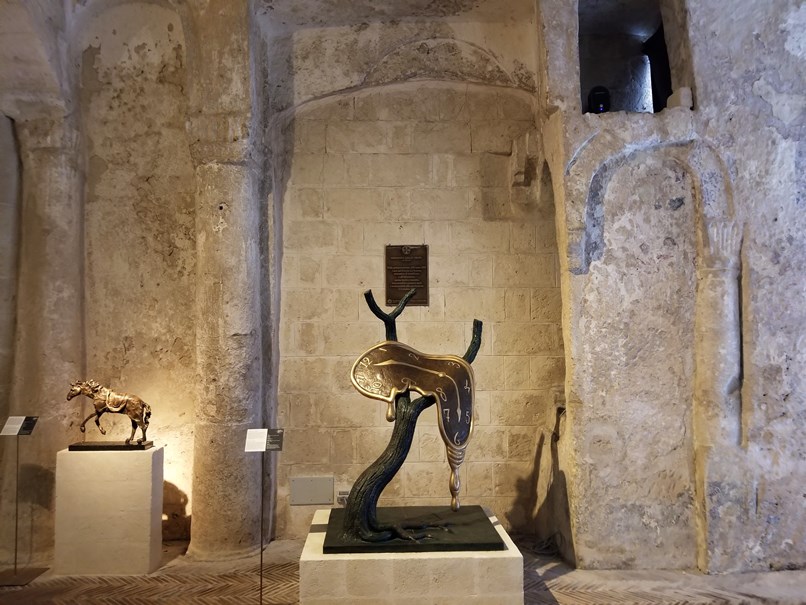
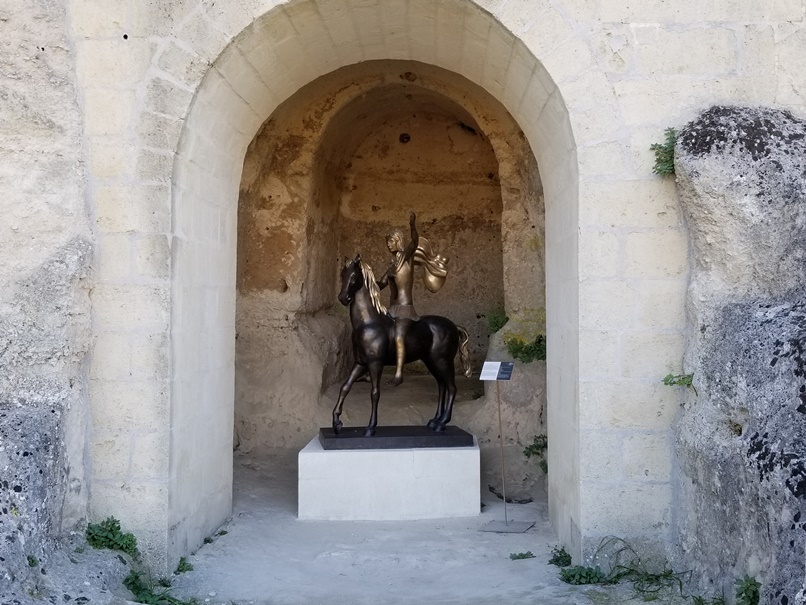
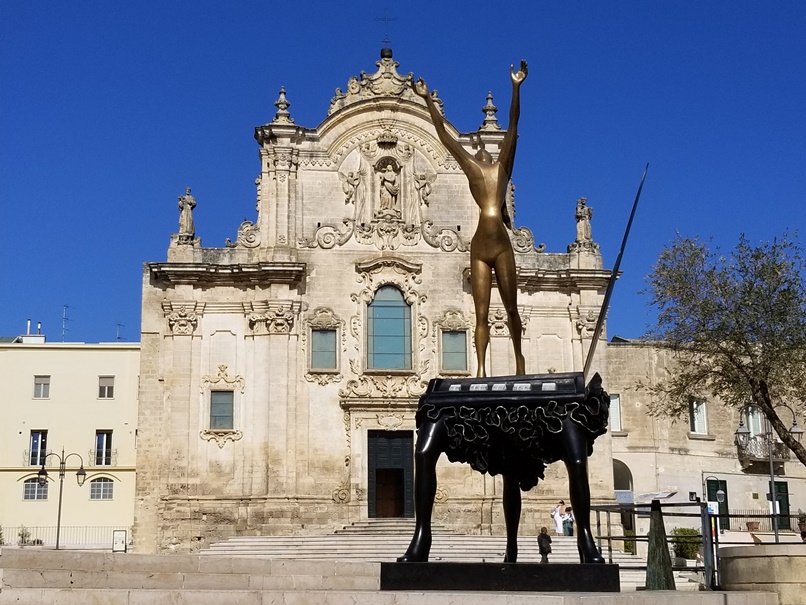
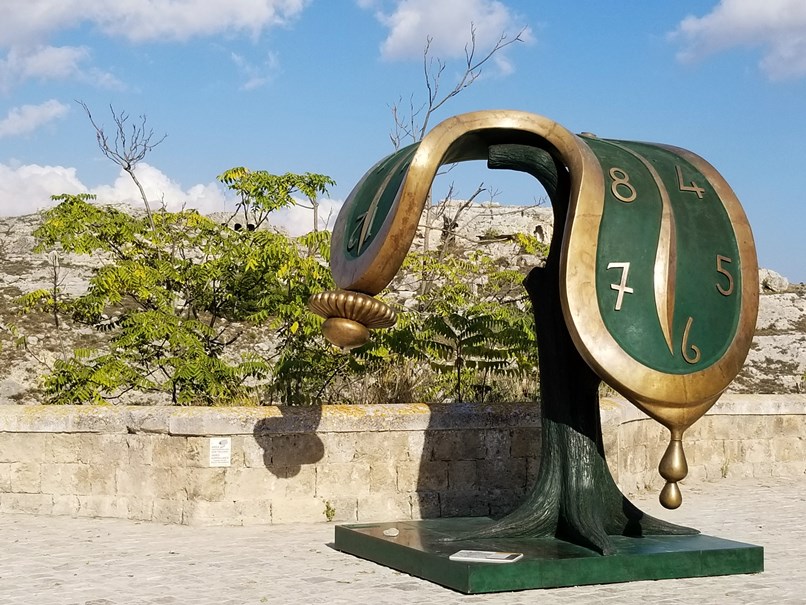
I will never forget the sheer exhilaration of seeing Dali’s works artfully arranged in the sassis of Matera. It was mesmerizing. An exhibition of indescribable and unforgettable beauty.
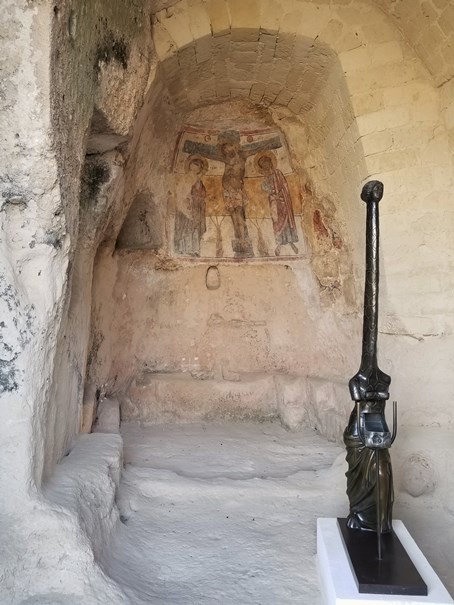
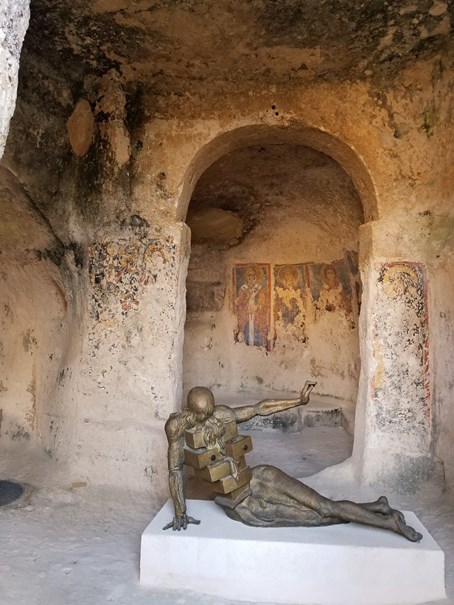
While the ancient stone dwellings and the caves of Matera are the primary draws for visitors, the new city has its share of majestic Baroque churches and all the convenience of any modern, busting, Italian city.
